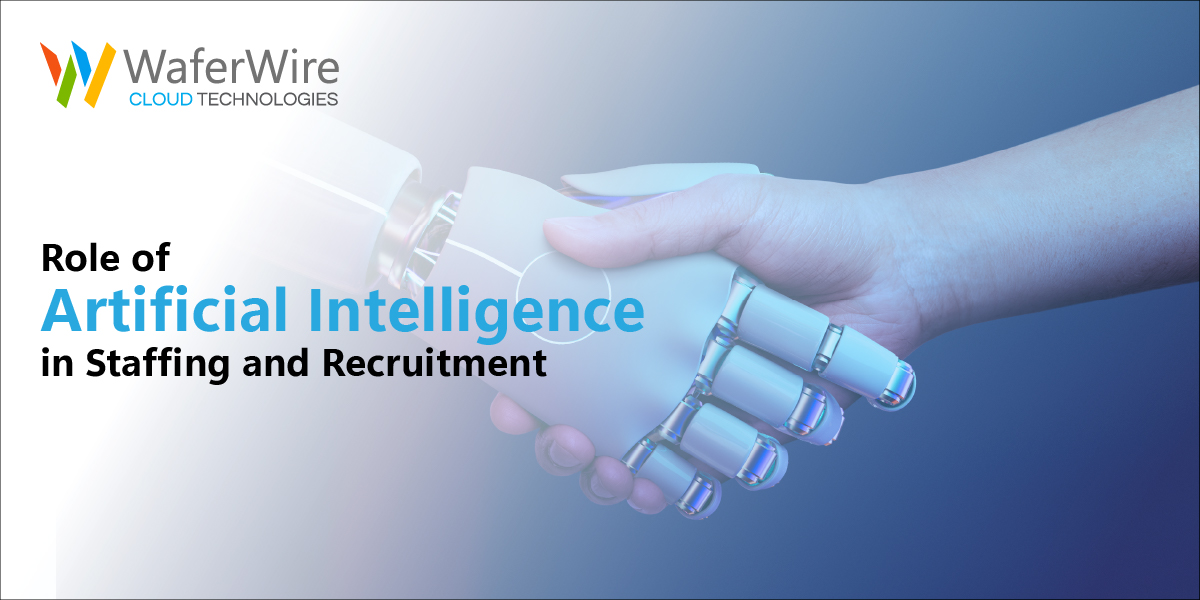Often, it is said that AI will replace the human workforce. But the reality is far off the mark.
If you ask Apple’s Siri, Amazon’s Alexa, Microsoft’s Cortana, and Google’s Google Assistant to tell you a joke, they will give their best to make you giggle and wince. But have you tried telling them about a gag in turn?
AI assistants will never get jokes as humans do. Jokes rely heavily on real-world, background, and common-sense knowledge. But AI assistants draw conclusions from what you tell them. They lack real-world experiences to draw on. Therefore, creative language, especially humor, is one of the challenging areas in computer intelligence to grasp.
Similarly, the question will Bots replace human writers buzzed around for quite a long time. Would you be shocked if you came to know that Forbes uses Quill to write earning reports? All you must do is feed the bot with the facts and data. It will churn out these reports. You won’t be able to find a single mistake in the report. But what’s missing is that humane touch!
Then why are we considering AI if it can’t steer our plans? Let’s be honest! To simplify our day-to-day tasks!
The dominance of AI is clear across various industries. It has rapidly changed the way businesses run.
Some popular AI applications are:
- Marketing chatbots
- Social media monitoring
- Manufacturing bots
- Report generation
- Self-driving cars
- Smart assistants
- Virtual travel booking agents
- Automated financial investments and many more.
So, why will staffing and recruitment be an exception?
One of the most challenging tasks for a recruiter is sourcing candidates for a role.
A recruiter must find the right match for the organization in terms of:
- Experience.
- Subject matter expertise.
- A suitable work culture fit.
- Adding value to the business.
- Capability to bring something novel to the table.
And there are many other factors a company expects its recruits to be.
But finding the right match for a company is laborious and time-consuming. A recent study highlights the time spent by a recruiter in hiring. A single recruiter spends almost 15 hours a week finding the right hire for a position. 52% of talent acquisition specialists admitted that candidate screening is one of the most challenging tasks in the hiring process.
Enters Artificial Intelligence to minimize cost and time and help HR professionals onboard the right talent. Additionally, AI offers multiple benefits such as unbiased recruitment and improved candidate experience throughout the hiring process.
Lately, many companies are reaping the benefits of AI to streamline their hiring process. A report states that 55% of companies are investing in recruitment automation to increase the hiring process efficiency. In fact, over 98.8% of Fortune 500 companies use Application Tracking Systems (ATS).
The role of AI in staffing and recruitment includes major applications like:
- Screen thousands of candidates’ applications through an Application Tracking System (ATS).
- Recommend career opportunities through personalization.
- Assess candidates’ suitability with the help of interview analytics and Natural Language Processing.
- AI-powered background and reference checking.
- Create personalized recommendations for internal candidates for open positions in an organization with the help of NLP and pattern recognition.
- Find the team’s talent gaps through data analysis.
- Onboard recruits and address their concerns about the process through AI-powered chatbots.
The dominance of AI in the staffing and recruitment process has become mainstream.
A human touch is, however, necessary and relevant at every step of the hiring process.
Technology experts are continuously finding more innovative ways to make the recruitment process efficient and the life of HR easier for screening, interviewing, hiring, onboarding, and off-boarding faster.
In a nutshell,
There’s no substitute for human intelligence. Despite that, you can’t deny its accuracy and dexterity. By combining augmentation with automation, talent searches become more efficient. For best results, make sure you’ve set up and used your tools right. To learn more about how we can help you out with this, visit www.waferwire.com or write to us at [email protected].


